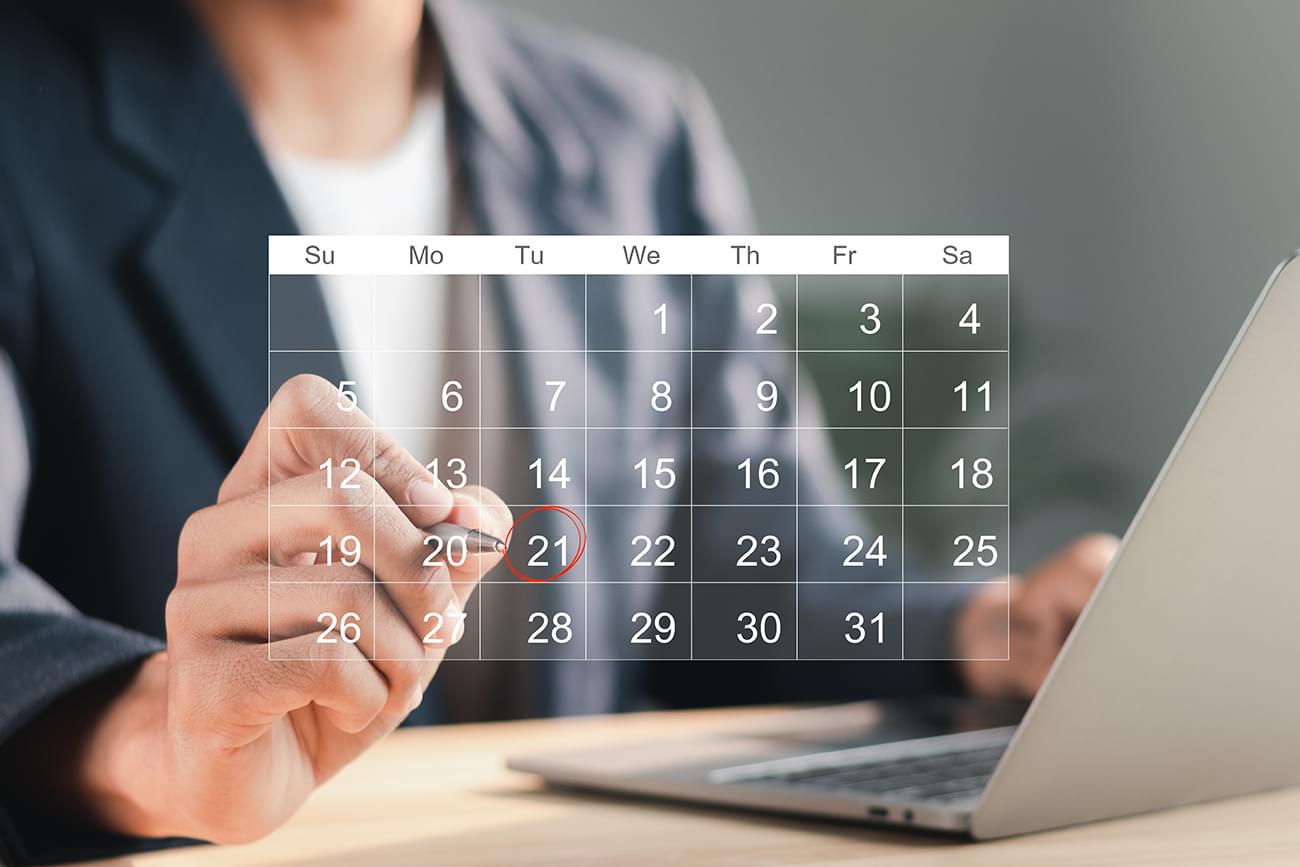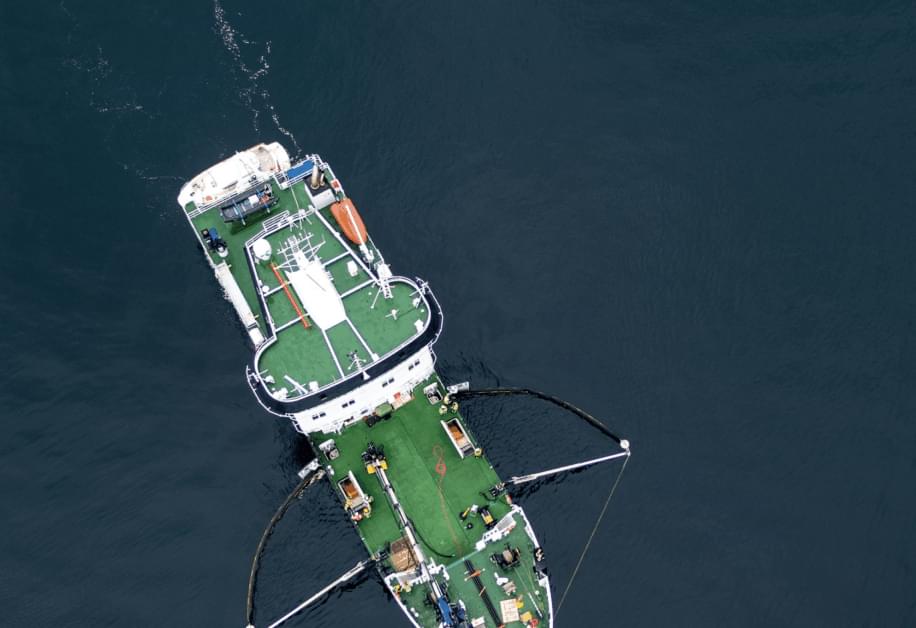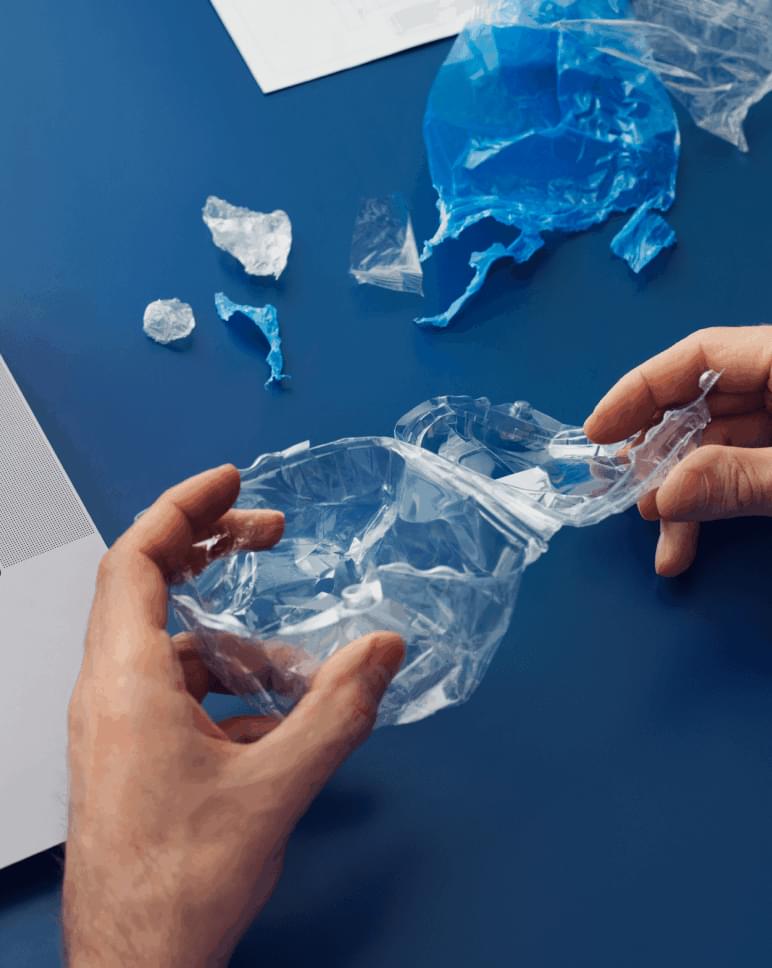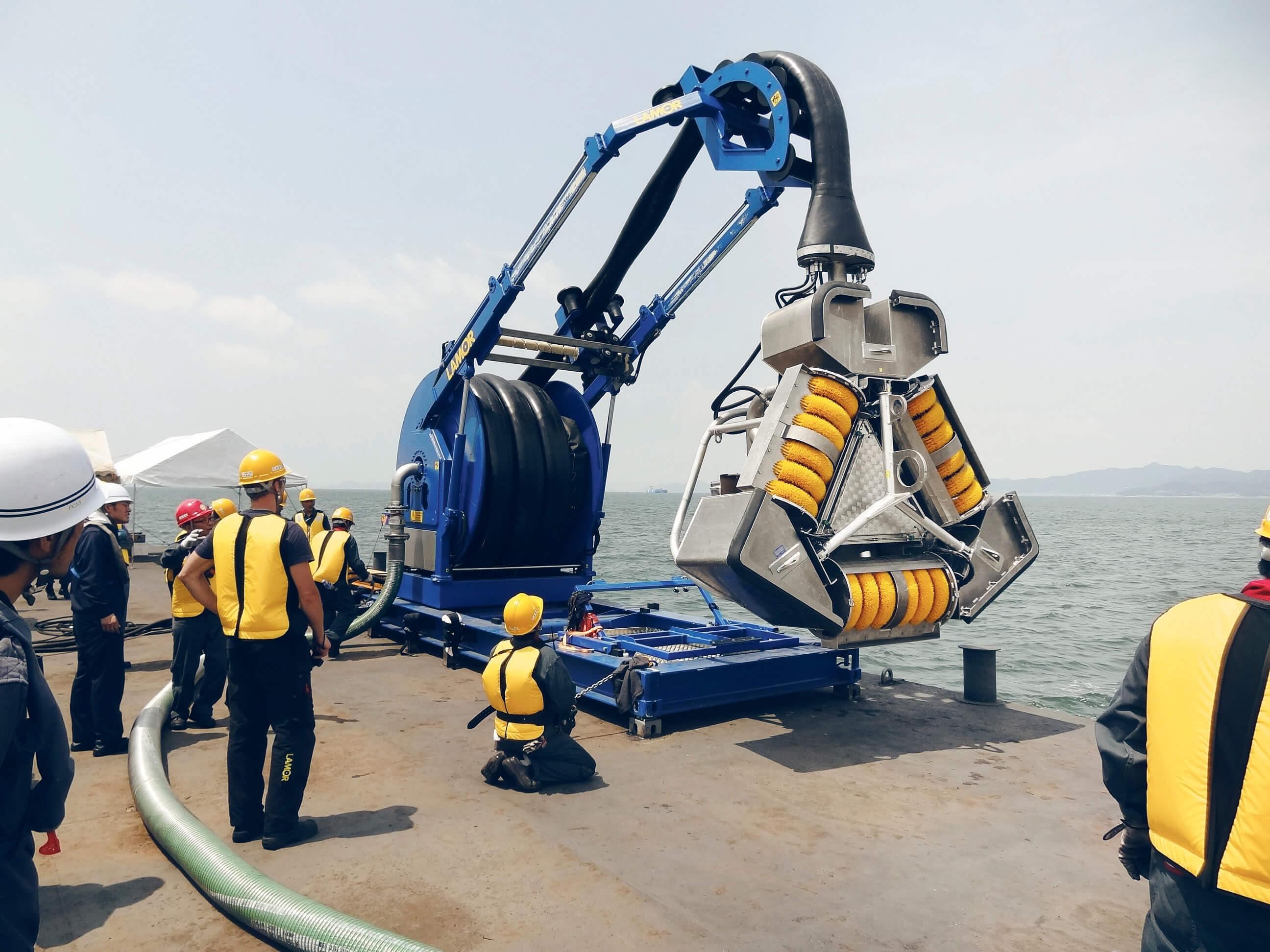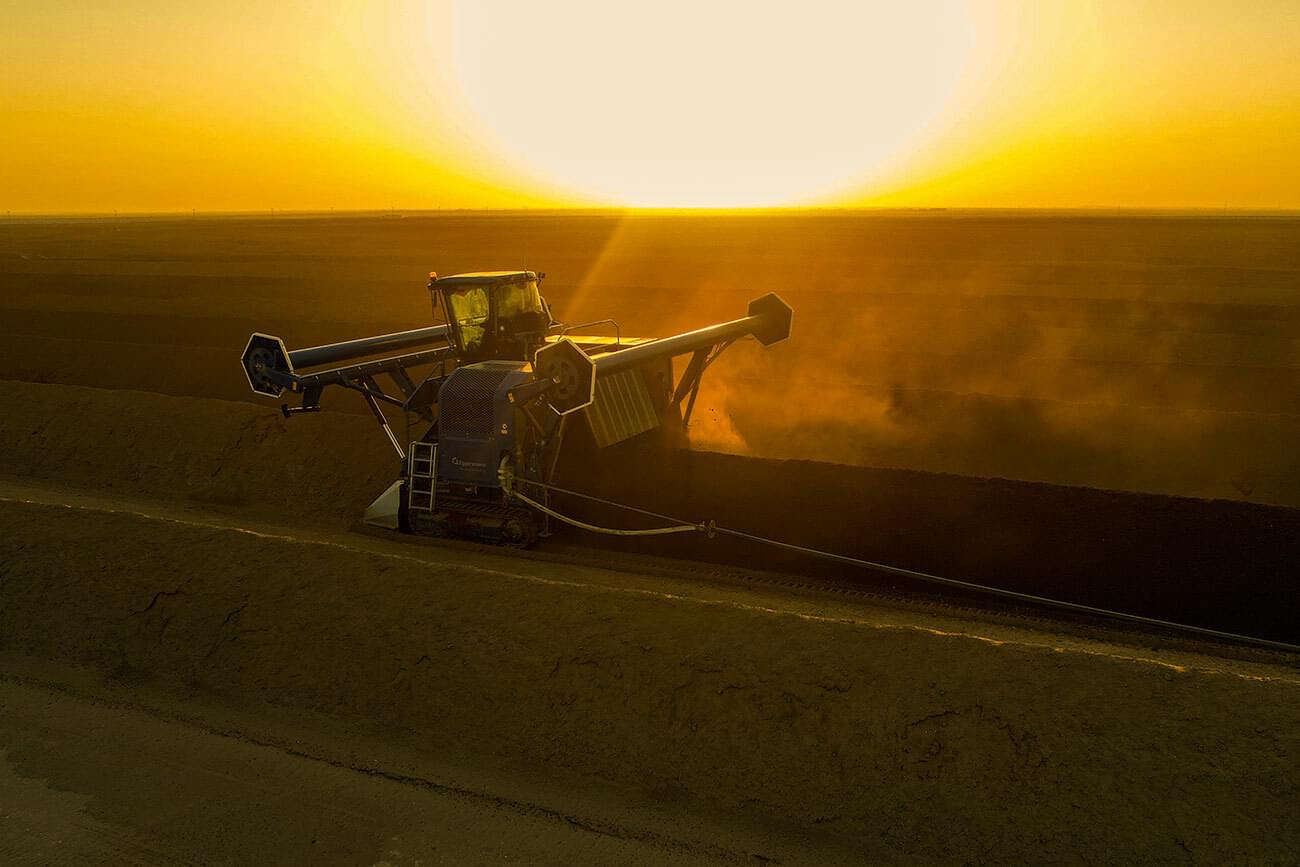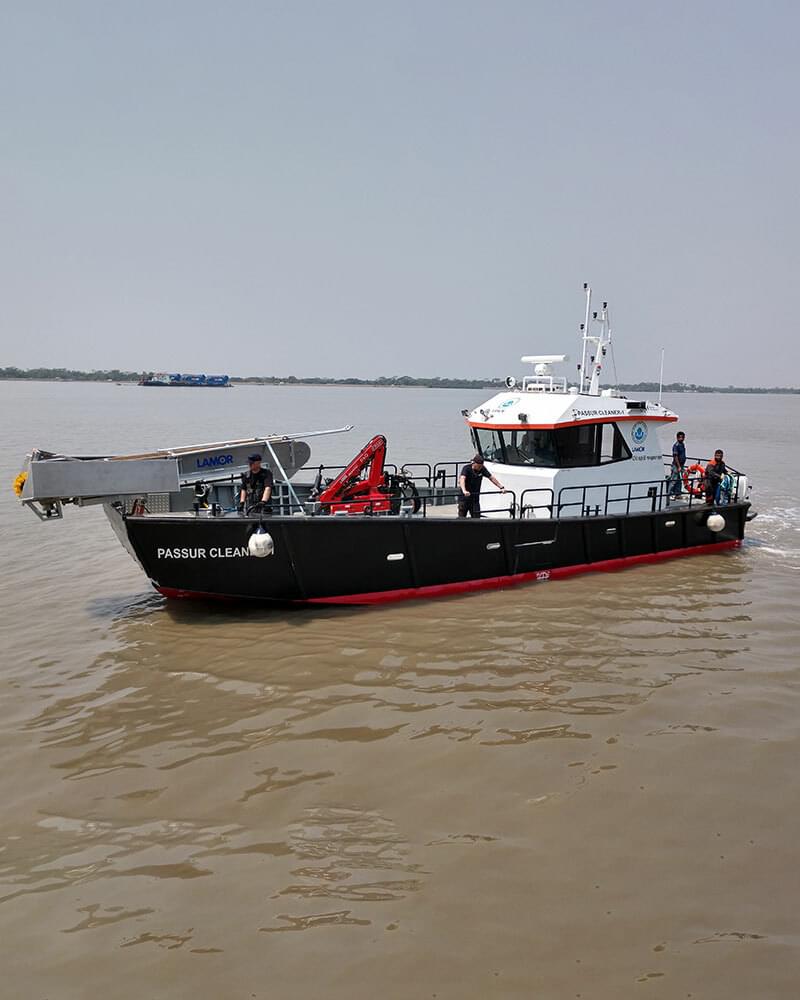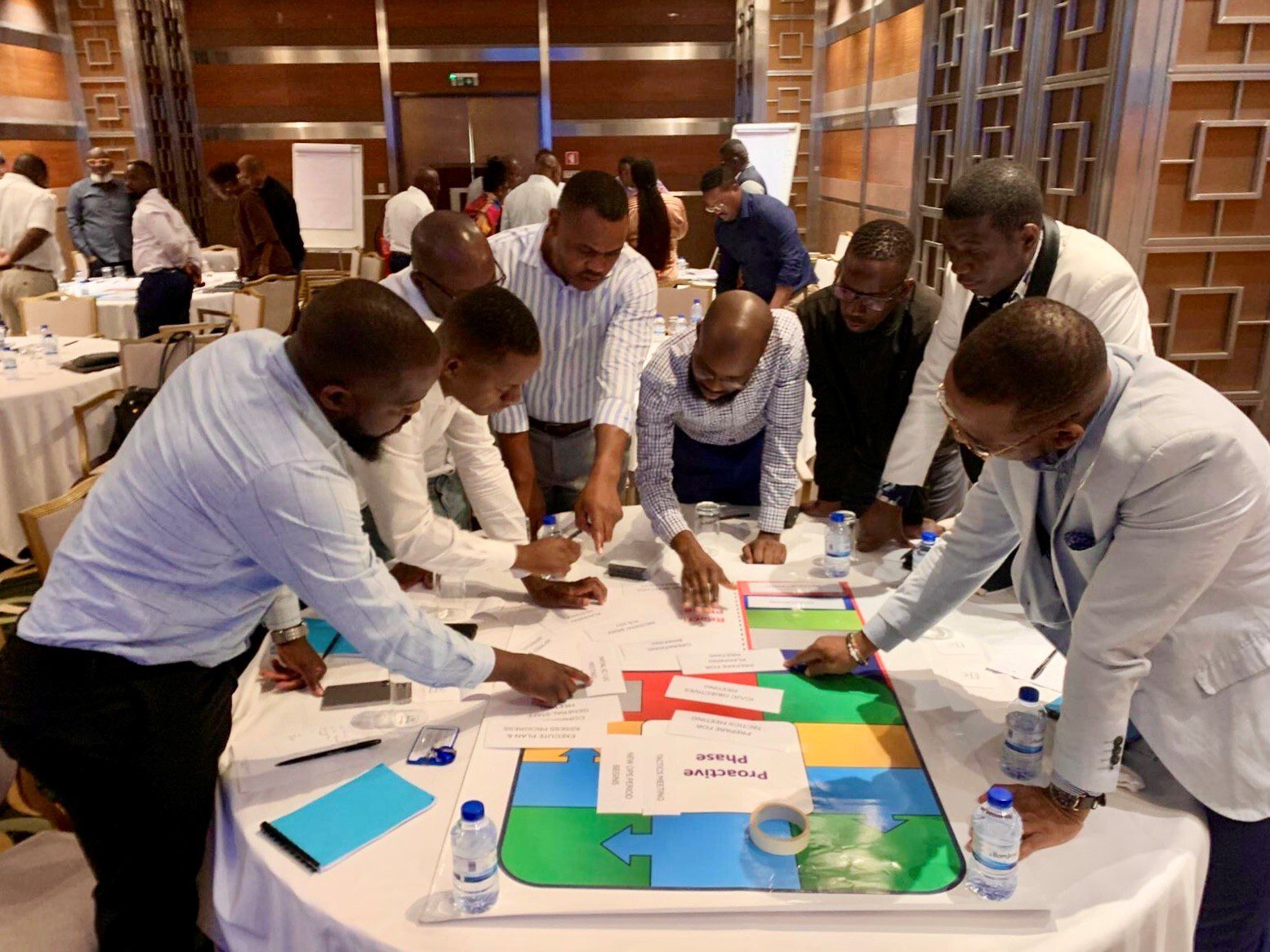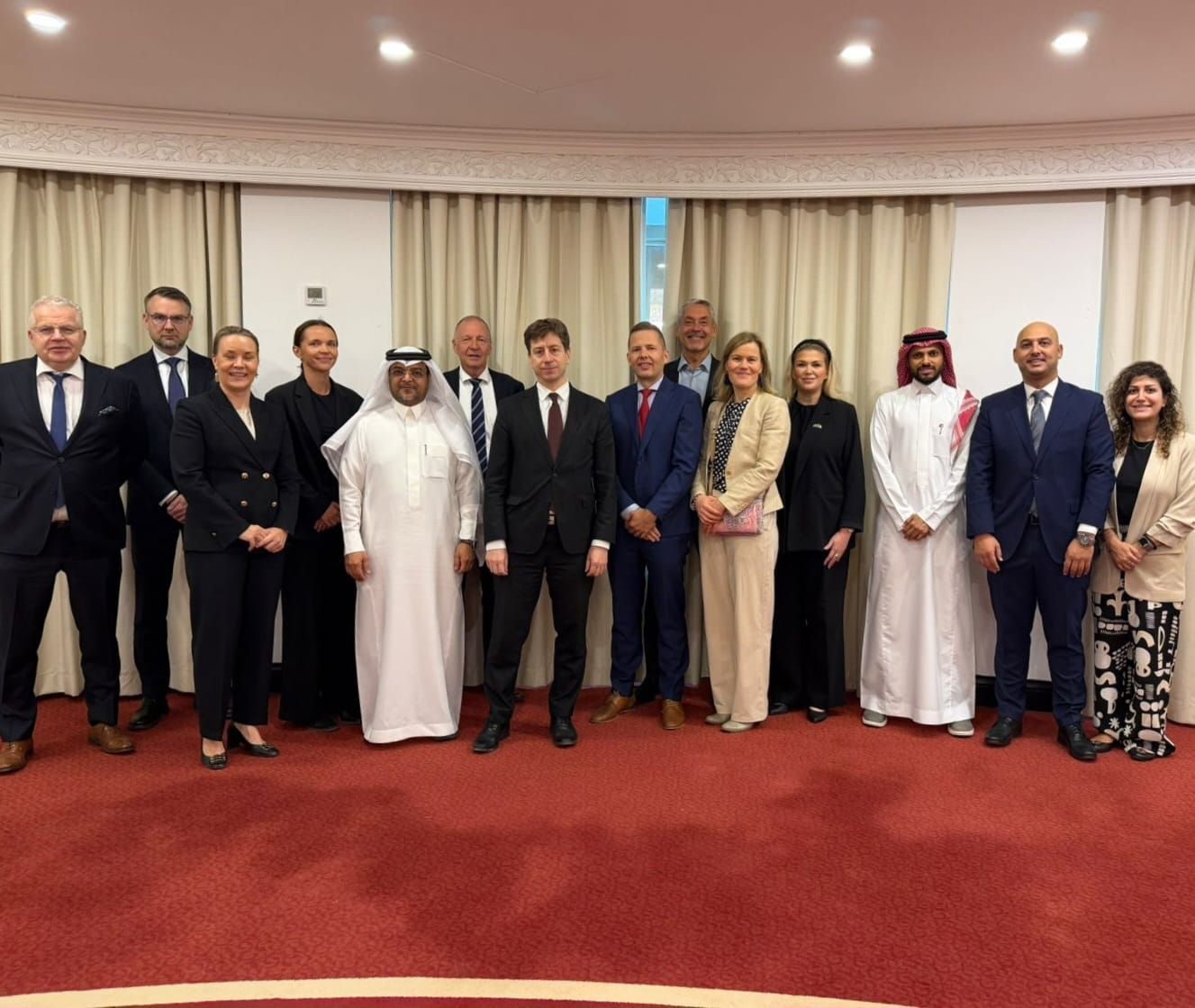Growing Arctic traffic increases pressure on oil spill response
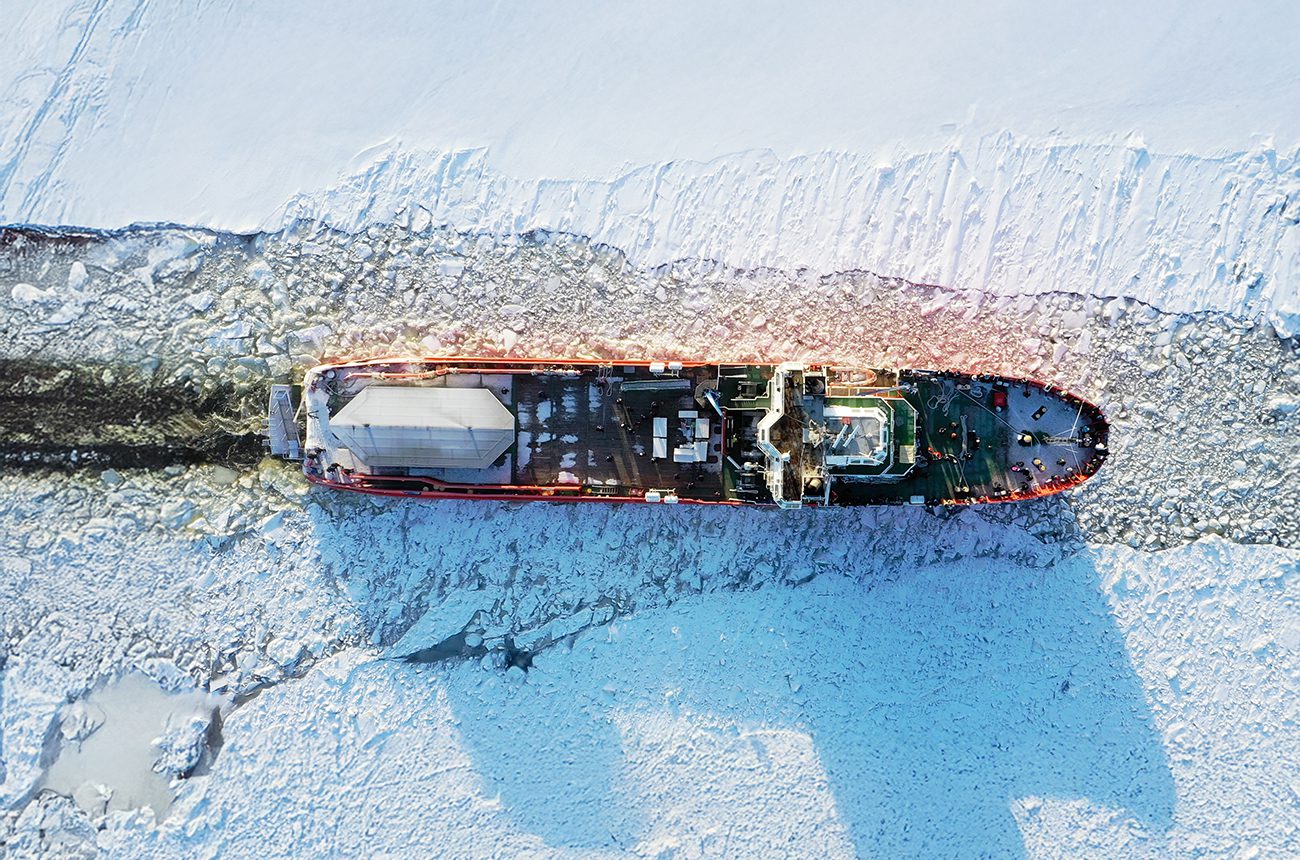
Finnish maritime expertise is once again in the international spotlight. The United States’ icebreaker orders from Finland show that the importance of Arctic and northern sea areas is rising rapidly — in terms of security, supply reliability and the environment. This attention is an opportunity for Finland, but also a reminder of responsibility: northern seas are fragile, and containing damage in icy conditions is exceptionally difficult.
“In this development, the Baltic Sea is our own Arctic sea. It freezes in winter, is shallow and busy — and therefore prone to accidents,” says Johan Grön, CEO of Lamor.
“The risks have increased as maritime traffic has grown and Russia’s so-called shadow fleet has added uncertainty in the Gulf of Finland. The risk of a major oil spill in the Baltic Sea is real, and its consequences would be far-reaching.”
The oil spill response funding model has weakened
According to Grön, Finland has been a pioneer in oil spill response, but maintaining that position requires long-term work and sufficient resources. Once oil enters the water, every delay makes the damage worse.
Finland’s strength has been its dedicated Oil Spill Response Fund, which enabled the procurement of equipment and the development of readiness. This separate funding model was abolished due to EU regulations, and replaced at the beginning of 2024 with the Environmental Damage Fund. It also covers accident-related costs, but most preparedness expenses have now been left to regional wellbeing counties. The risk is that maintaining and improving readiness will become more difficult without a stable funding base.
Companies, NGOs and volunteers play an important role in oil spill response
Oil spill response is a joint effort by authorities: the Border Guard is responsible for offshore areas, rescue services for coastal waters, and municipalities for post-response clean-up. They are supported by the ELY Centres, the European Maritime Safety Agency (EMSA), the Defence Forces, private companies and NGOs.
Effective response is not the responsibility of the state alone. Fortunately, Finland also has strong local expertise. Lamor has for decades been one of the world’s leading developers and manufacturers of oil spill response equipment, and the company operates two European Maritime Safety Agency response bases in the Baltic and North Sea.
“Our technology, for example, is used on more than a hundred vessels in the Baltic Sea. We have built practical experience and expertise in oil spill response around the world over several decades. In solutions suited for Arctic conditions in particular, Lamor is among the leading global actors,” says Grön.
An essential part of Finland’s preparedness is the large oil spill response volunteer network coordinated and trained by WWF Finland.
“In an accident, authorities have limited resources, and most of them must focus on stopping and containing the spill. Many people want to help in some way, which is why we train volunteers for shoreline clean-up and the care of oiled wildlife — tasks that are often long-lasting and highly labour-intensive. Cooperation with authorities and companies is crucial in this work,” says Vanessa Ryan, Marine Conservation Officer, WWF Finland.
Finland should maintain its position as a frontrunner
As interest in the Arctic grows and Finnish expertise gains international attention, it is increasingly important to ensure domestic preparedness as well.
“Maintaining readiness requires long-term funding, up-to-date equipment and continuous training. Finland should not lose its position as a leader in protecting the Baltic Sea — on the contrary, we have an opportunity to strengthen our role and share our expertise elsewhere,” says Grön.
According to authorities’ own assessments, there is an annual funding gap of 6–10 million euros* in coastal oil spill response — a small amount compared to the cost of even a single major spill.
“It is in the national interest to ensure that the resources of rescue services and oil spill response are in the same condition as our icebreakers — strong, modern and ready,” says Grön.
Source: Yle: https://yle.fi/a/74-20143786
Stay in the know
Sign up for our newsletter to learn more about innovations enabling the survival of our dear planet.


